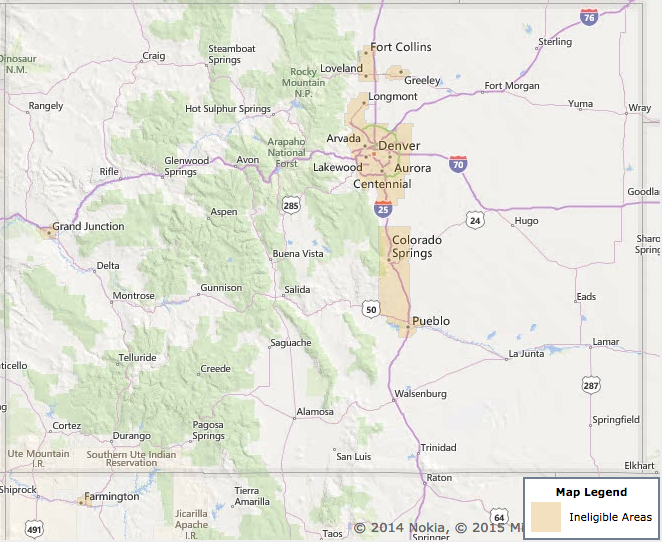5 Key Dates to Watch on Pregnancy Paperwork

Understanding the various deadlines and milestones in pregnancy is crucial for a smooth journey into parenthood. Keeping track of important dates on your pregnancy paperwork ensures you're prepared for medical appointments, ultrasounds, screenings, and crucial paperwork for healthcare benefits and parental leave. Here are five key dates that every expectant parent should be aware of:
1. First Prenatal Visit

Your first prenatal visit usually happens between 8 and 12 weeks after your last menstrual period. Here’s what to expect:
- Verification of pregnancy via ultrasound or blood tests
- Health history review to assess risk factors
- Starting folic acid supplements if not already on them

💡 Note: If this is your first pregnancy or if you have concerns, you might get an appointment earlier to ensure everything is progressing as it should.
2. 12-Week Ultrasound

This is often called the “dating scan” because it:
- Confirms the estimated due date (EDD) by measuring the baby’s size
- Checks for multiple pregnancies
- Provides an opportunity to screen for some genetic conditions

Remember, this is also the time when you might consider adding pregnancy supplements to your daily routine to support your growing baby.
3. 20-Week Anatomy Scan

This scan is a detailed examination of the baby’s anatomy:
- Evaluates the growth of the baby
- Checks for any structural anomalies
- Examines organs, limbs, and brain development
🔍 Note: This scan is pivotal as it can detect potential health issues that might require follow-up care or special attention during pregnancy.
4. Glucose Screening Test

Between 24-28 weeks, you’ll undergo a glucose challenge test to:
- Screen for gestational diabetes
- Determine if further testing (3-hour glucose tolerance test) is needed
| Test | Description |
|---|---|
| Glucose Challenge Test | You drink a sugary solution and have blood drawn an hour later. |
| 3-Hour Glucose Tolerance Test | If the first test shows high glucose levels, this diagnostic test is performed to confirm gestational diabetes. |

This is a crucial step to manage your health and that of your baby’s.
5. Filing for Parental Leave and Benefits

Here’s when to file the paperwork:
- Look into the policies at work or check with government resources to know the latest dates for parental leave application.
- File for any health insurance benefits related to pregnancy and childbirth.
Key notes to keep in mind:
🔖 Note: Ensure you have all necessary documents such as medical records, employment proof, and insurance information ready for these applications.
Keeping up with these dates will help you stay on track, ensuring you receive the best care during your pregnancy. Not only will this allow for timely interventions if any health concerns arise, but it will also provide peace of mind, knowing you've done everything possible to care for both yourself and your baby.
Additional Insights

To enhance your journey through these key dates:
- Create a dedicated folder for all pregnancy-related paperwork, both physically and digitally.
- Use a pregnancy app or a planner to keep reminders for these appointments and deadlines.
- Communicate openly with your healthcare provider regarding any concerns or questions that arise at each stage.
When should I start preparing for my first prenatal visit?

+
Start preparing as soon as you suspect you’re pregnant or get a positive home pregnancy test. The first prenatal visit usually occurs between 8-12 weeks, but if you have concerns, consult your healthcare provider for an earlier appointment.
Can the 20-week anatomy scan detect all potential health issues?

+
While the 20-week scan is comprehensive, it cannot detect every possible health condition. Some issues are not visible until later in pregnancy or require specific tests that aren’t routine.
What happens if I fail the glucose challenge test?

+
Failing the glucose challenge test means you’ll need to take a follow-up 3-hour glucose tolerance test to confirm a diagnosis of gestational diabetes. This allows for timely management.



